Amusement parks across the country once hosted rides that defined childhood summers, fast, loud, thrilling, and sometimes slightly terrifying. From wooden coasters that rattled your bones to spinning contraptions that tested your lunch’s loyalty, these rides brought families together and created memories that outlived the rides themselves. Over the decades, safety standards, maintenance costs, and new technology have pushed many of these classics into retirement. Here are 20 Canadian amusement rides you’ll never see again.
The Mighty Canadian Minebuster (Canada’s Wonderland)

One of the original attractions from the park’s 1981 opening, the Mighty Canadian Minebuster was a wooden roller coaster modeled after Coney Island’s Shooting Star. It was rough, loud, and beloved for precisely those reasons. Over time, wooden coaster maintenance became increasingly expensive, and the ride’s popularity faded as newer steel monsters arrived. The coaster was retired quietly in the late 2010s for safety updates and later replaced by modern attractions emphasizing smoother experiences. Despite that, longtime visitors still remember its signature dips and turns as the heart of early Wonderland’s character, unrefined but unforgettable.
The Rotor (Exhibition Place, Toronto)

Before safety harnesses and high-tech restraints, the Rotor challenged gravity itself. Riders stood against the inner wall of a spinning drum, and as it rotated faster, centrifugal force pinned them in place while the floor dropped away. It was both terrifying and fascinating. The Rotor at Toronto’s Exhibition Place was a crowd favorite through the 1960s and 1970s before stricter safety codes made it obsolete. Many people who rode it swore it was the most disorienting experience of their lives, proof that old-school amusement rides didn’t need elaborate theming to leave a lasting impression.
The Alpine Way (Expo 67, Montreal)
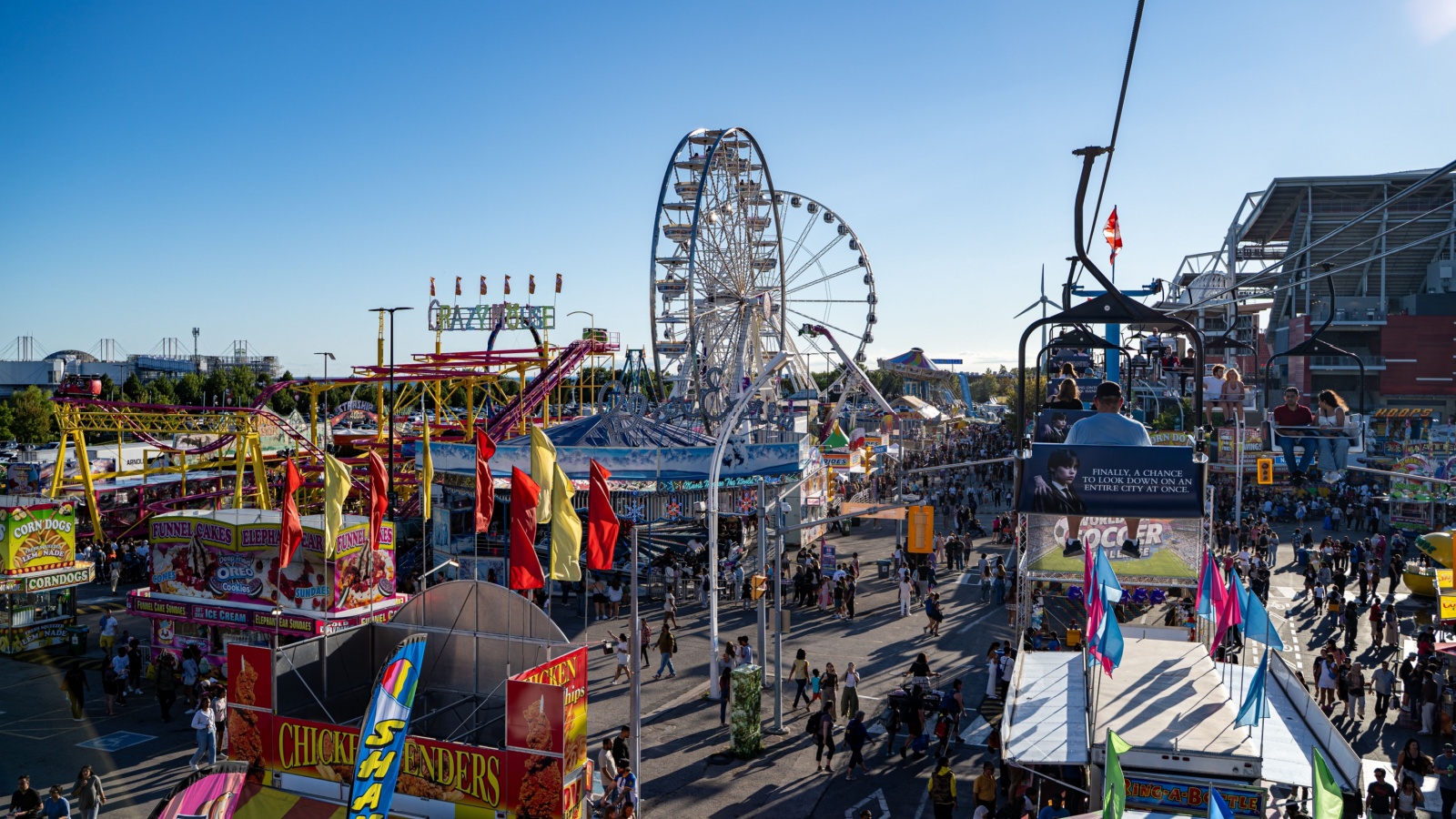
Built as part of Montreal’s iconic Expo 67, the Alpine Way was a futuristic gondola system offering panoramic views of the world’s fairgrounds. The suspended ride stretched over the St. Lawrence River, offering an unmatched perspective on pavilions and crowds below. After the Expo ended, the infrastructure proved too costly to maintain, and the gondolas were dismantled. While modern aerial trams still exist, none matched the mid-century charm of the Alpine Way’s bright cabins and slow, scenic glide. It represented a time when transportation itself could be part of the amusement experience.
The Flyer (PNE Playland, Vancouver)
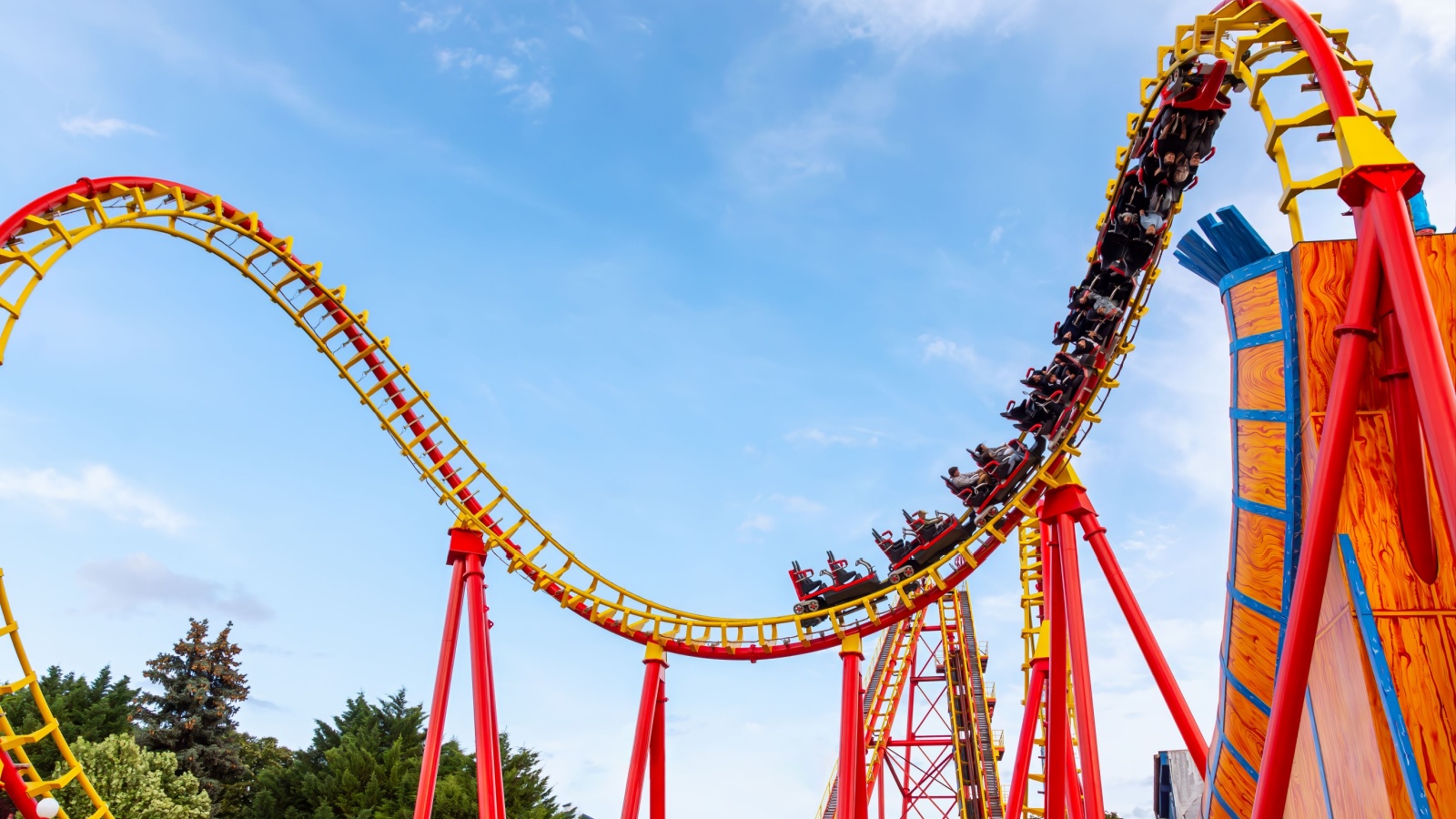
Playland’s wooden coaster, the Flyer, opened in 1958 and quickly became a West Coast icon. Built entirely of wood and known for its steep drops, it was considered one of North America’s best classic coasters. Despite decades of operation, maintenance costs climbed sharply, and concerns over aging materials led to its closure in the early 2000s. Some of its wooden beams were preserved as souvenirs for fans. For many British Columbians, the Flyer wasn’t just a ride, it was a generational tradition, the first “big coaster” countless kids dared to conquer.
The Drop of Doom (La Ronde, Montreal)

Before vertical drop towers became theme park staples, La Ronde’s Drop of Doom gave riders the ultimate free-fall thrill. Towering over the park’s skyline, the ride lifted visitors more than 100 feet into the air before sending them plummeting toward the ground at terrifying speed. While immensely popular during its early years, aging hydraulic systems and new safety regulations led to its removal in the 2010s. Its absence left a noticeable gap in La Ronde’s thrill lineup, and longtime fans still reminisce about the adrenaline rush that no modern replacement has fully replicated.
The Ghoster Coaster (Canada’s Wonderland)

Originally designed for younger thrill-seekers, the Ghoster Coaster combined wooden structure charm with manageable speed. For decades, it introduced countless children to the excitement of roller coasters. However, ongoing repair demands and modernization plans eventually caught up with it. When newer family rides with updated technology arrived, the Ghoster Coaster quietly disappeared from the lineup. It wasn’t the fastest or the biggest, but it embodied the nostalgia of Wonderland’s early years, when even small hills felt monumental to a child gripping the safety bar for dear life.
The Tornado (Calaway Park, Alberta)
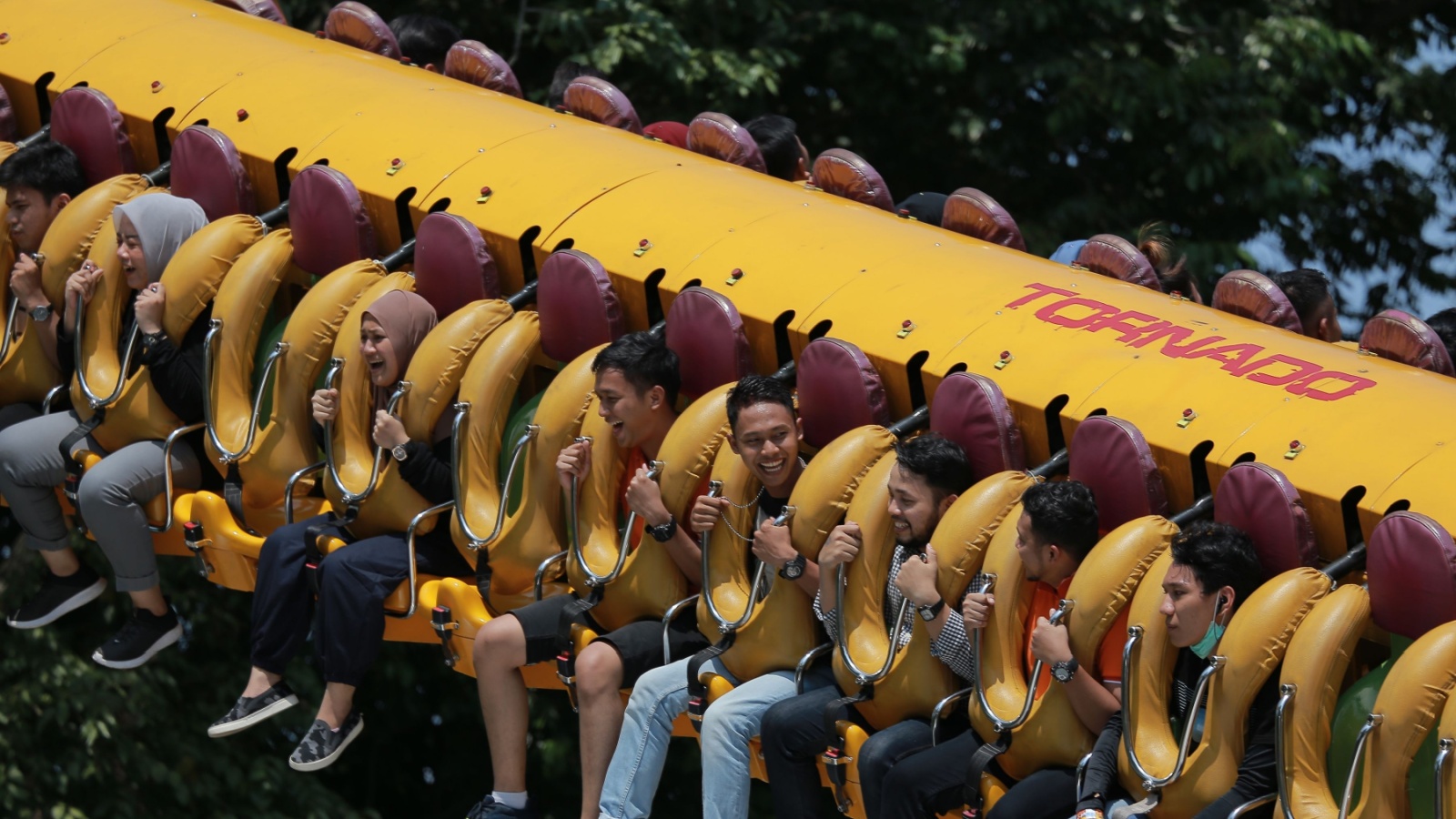
Calaway Park’s Tornado was a signature spinning ride that combined centrifugal motion with sudden tilts and drops. It left many riders laughing, or slightly dizzy, by the time they stumbled off. Popular through the 1980s and 1990s, it was eventually retired as newer thrill rides took over. The Tornado’s legacy is one of pure, uncomplicated fun from an era when rides relied more on motion than digital screens. Many Albertans still recall it as their first taste of theme park excitement, long before virtual reality became part of the amusement world.
The Crystal Palace Coaster (Moncton, New Brunswick)
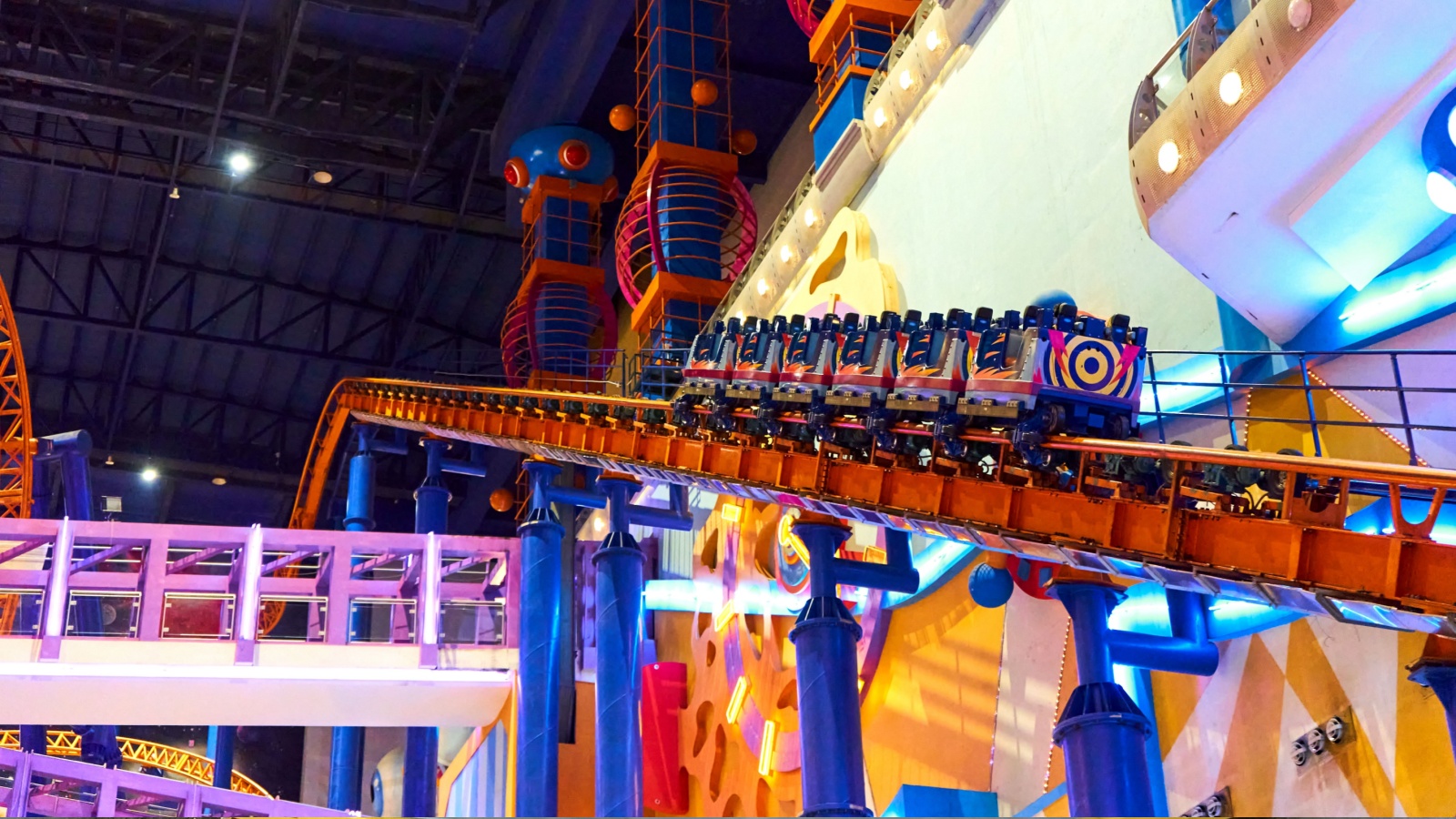
Located inside the now-closed Crystal Palace indoor amusement park, this compact roller coaster thrilled Atlantic families for nearly two decades. It offered big fun in a small space, looping around colorful structures beneath a glass dome. When the mall-based park closed in 2014, the coaster was dismantled, marking the end of a rare indoor amusement tradition in the region. For New Brunswick locals, it’s loss was more than just the end of a ride; it symbolized the disappearance of one of the few all-weather entertainment venues in the province.
The Sky Diver (CNE Midway, Toronto)

The Sky Diver was a classic midway attraction where riders spun inside individual cages while the entire wheel rotated vertically. It combined the chaos of a Ferris wheel with the intensity of a barrel roll, often leaving riders both thrilled and disoriented. Operated for decades at the Canadian National Exhibition, it eventually vanished due to safety modernization and rising operational costs. The Sky Diver belonged to an era of portable, traveling rides, loud, colorful, and slightly unpredictable, that defined the atmosphere of fairgrounds across Ontario during the 20th century.
The Red Baron (Storybook Gardens, London)
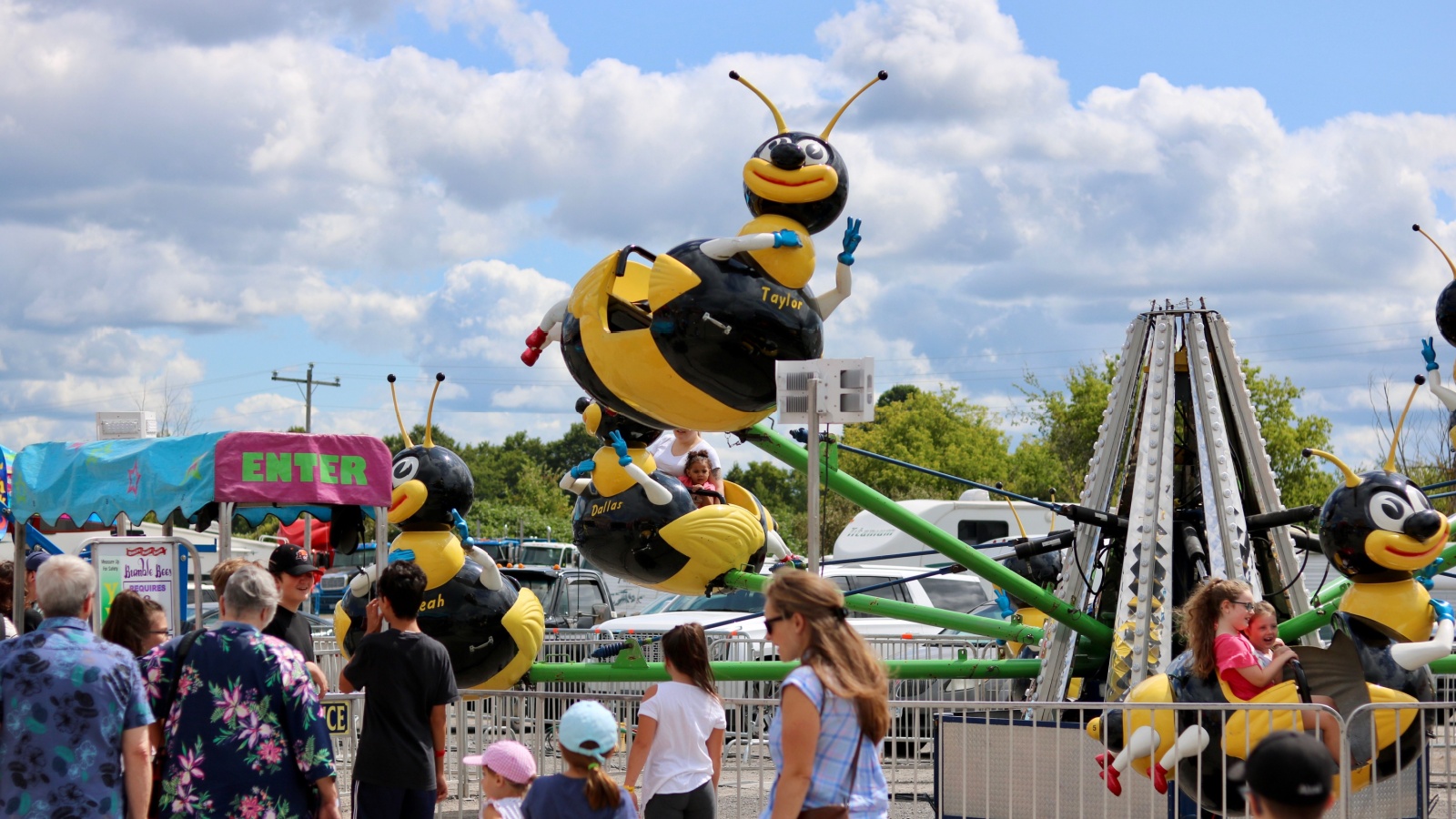
A beloved children’s ride featuring small airplane replicas that kids could “pilot” while moving in a gentle circle, the Red Baron delighted young visitors for decades. By the late 2000s, however, the ride was removed due to wear and aging parts. Its absence was deeply felt by families who saw it as a rite of passage for first-time parkgoers. The Red Baron was simple but symbolized innocence and imagination, representing a time when parks prioritized charm and accessibility over cutting-edge technology and intense thrill rides.
The Magic Carpet (Fantasyland, Alberta)

Located inside the now-defunct Fantasyland in Edmonton’s West Edmonton Mall (before it became Galaxyland), the Magic Carpet ride simulated flying across the desert sky. Decorated with ornate Middle Eastern motifs, it was a family favorite during the mall’s amusement golden age. When Fantasyland underwent its major rebranding, many older rides, including this one, were retired. The Magic Carpet’s whimsical theming and gentle motion remain fondly remembered, a product of a design philosophy that balanced imagination and comfort, long before thrill intensity became the main selling point.
The Crazy Mouse (Maple Leaf Village, Niagara Falls)
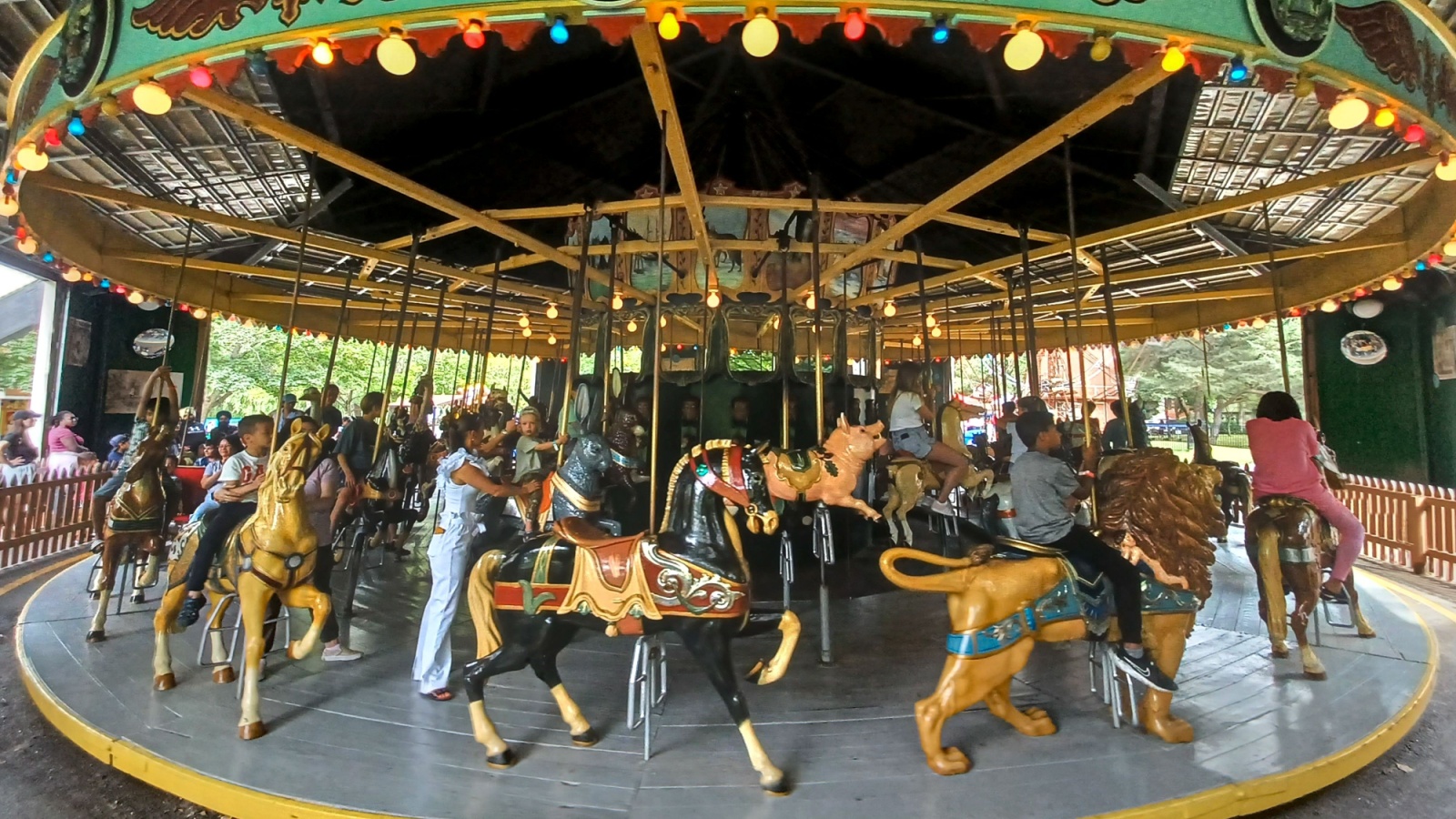
This compact steel coaster once twisted above Niagara Falls’ Maple Leaf Village, a tourist hub of the 1970s and 1980s. Its sharp turns and sudden drops earned it a cult following, even if its footprint was modest. When the park closed in 1992, the Crazy Mouse disappeared along with the rest of the attractions, as tourism shifted toward casino-driven entertainment. The coaster was reportedly sold and relocated overseas, but its memory lingers among those who remember a time when Niagara’s skyline was dotted with flashing lights and laughter instead of slot machines.
The Viking Ride (Ontario Place, Toronto)
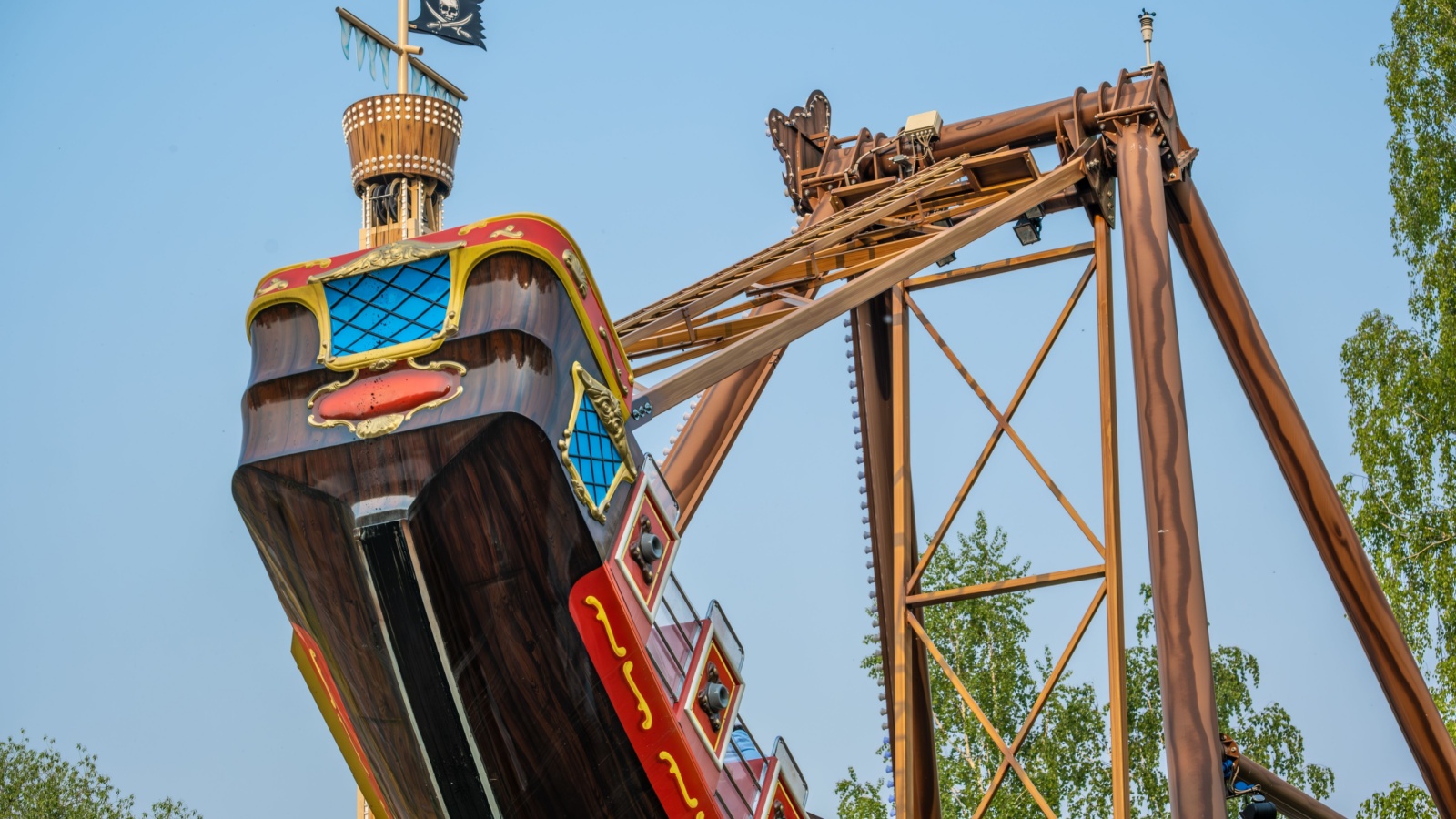
The Viking was a swinging ship ride at Ontario Place that soared back and forth over the water, offering spectacular views of Lake Ontario. It was equal parts thrilling and scenic, and for many, it was a summer ritual. When Ontario Place shut down several of its amusement sections in the early 2010s, the Viking was among the casualties. While the site has since shifted toward redevelopment, the Viking remains one of the most-missed rides in Toronto’s history, a perfect blend of nostalgia, excitement, and waterfront beauty.
The Double Loop (La Ronde, Montreal)

This steel coaster was a milestone when it was introduced, offering two consecutive loops that flipped riders upside-down in rapid succession. For thrill-seekers of the 1980s, it was revolutionary. However, advancements in coaster technology eventually rendered its design outdated. The ride was dismantled in the early 2000s to make space for newer, taller attractions. Still, its reputation as one of the first looping coasters in Canada ensures its place in amusement history, remembered fondly by those who once waited in line just to prove they could survive two loops in a row.
The Swingin’ Gym (CNE, Toronto)
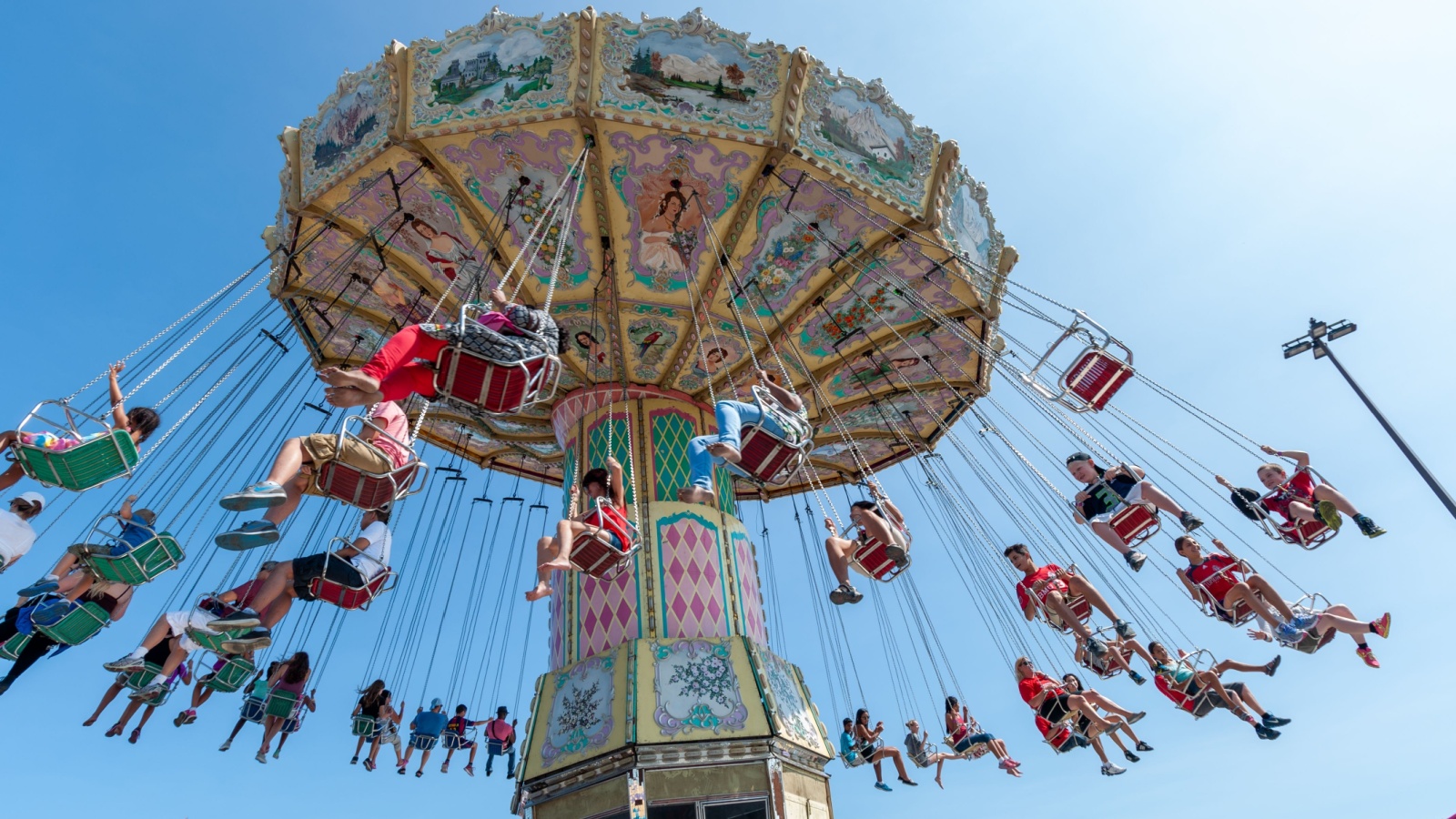
Half playground, half endurance test, the Swingin’ Gym invited riders to climb and swing inside a massive steel cage that moved unpredictably. It required coordination more than courage, but it was undeniably chaotic. The attraction became a midway classic at fairs across Ontario before being phased out due to stricter safety oversight. Many recall it as the kind of ride that could never be built today, too interactive, too risky, and too reliant on rider participation. It was proof that amusement once meant more than just sitting and screaming.
The Corkscrew (Playland, Vancouver)
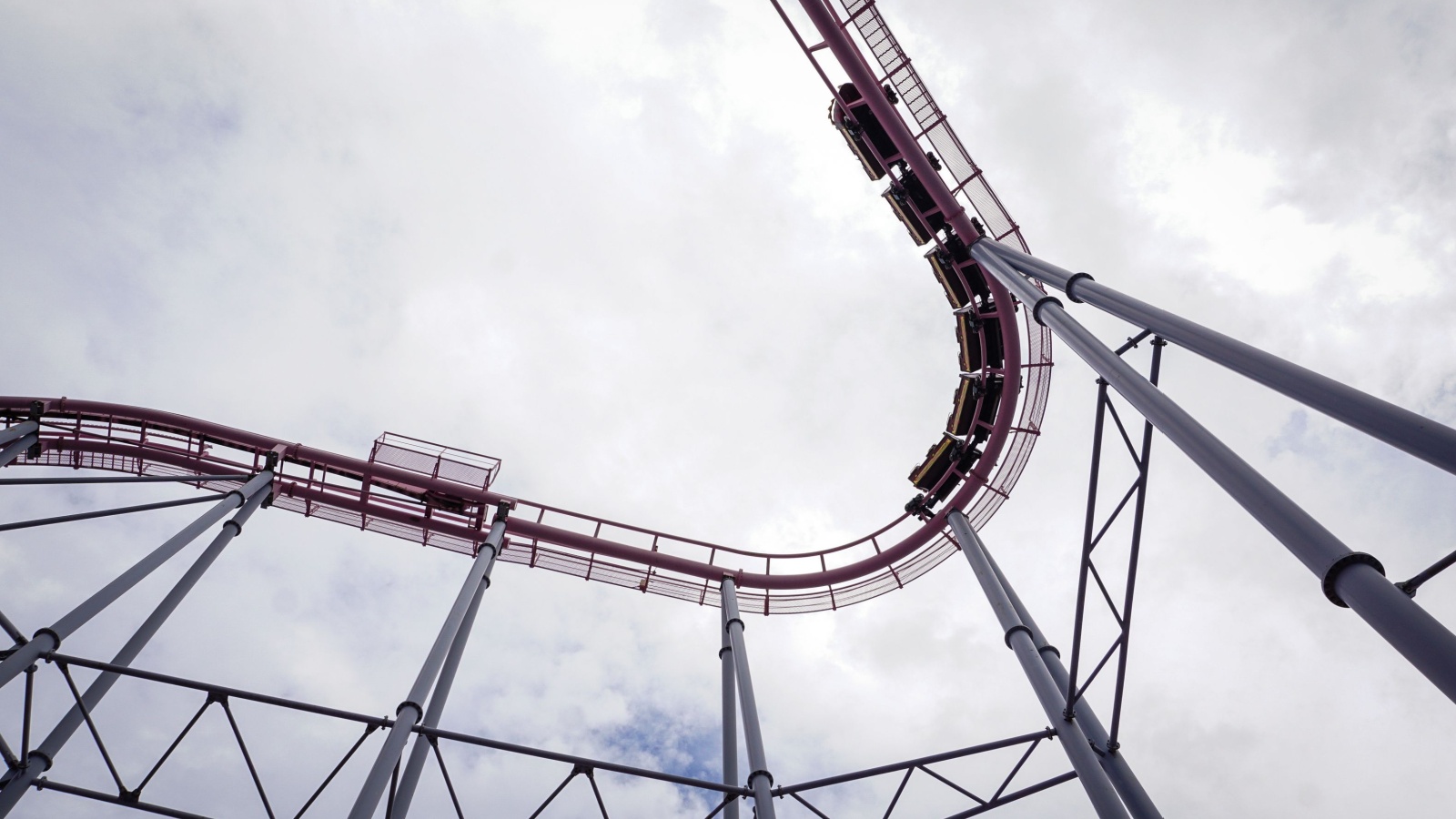
Installed in the 1980s, the Corkscrew was Playland’s first major steel looping coaster. Its compact design packed a surprising punch, delivering two inversions and multiple sudden turns. While it thrilled generations of visitors, the ride aged poorly, with reports of roughness and mechanical fatigue. In 2018, it was removed to make way for a new, smoother coaster. The Corkscrew’s legacy endures as a symbol of Playland’s evolution, from a small regional park to a modern entertainment venue that balances nostalgia with innovation.
The UFO (West Edmonton Mall)

One of the mall’s most unusual attractions, the UFO was a spinning ride with a science-fiction theme that blended neon lights with space-age music. Suspended in Galaxyland’s domed area, it created the illusion of zero gravity. By the mid-2000s, maintenance and space constraints led to its removal. Fans remember it for its immersive design and unique visual effects, features rarely seen in compact indoor parks today. The UFO epitomized the futuristic optimism of 1980s amusement design, when imagination was as important as engineering.
The Flying Canoes (La Ronde, Montreal)
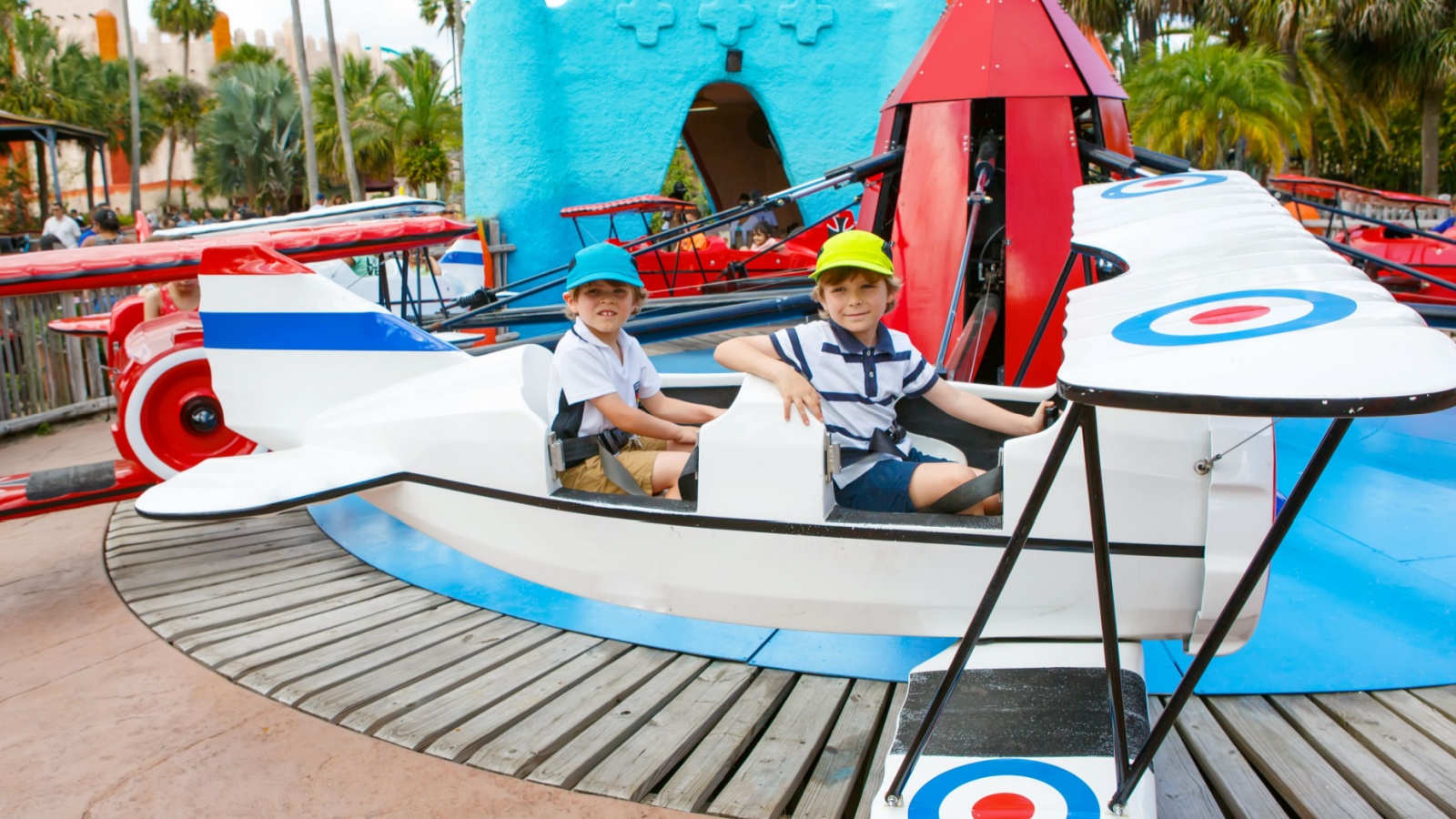
A family-friendly spinning ride themed after the French-Canadian folktale “La Chasse-Galerie,” the Flying Canoes blended cultural storytelling with gentle thrills. The ride allowed families to “paddle” through the air while listening to traditional Quebecois music. It was a rare example of a culturally rooted amusement experience. When modernization plans swept through La Ronde, it was quietly retired. The Flying Canoes remain remembered as a small but meaningful tribute to folklore within a modern amusement landscape dominated by generic global themes.
The Zipper (Traveling Midways Across Canada)

A staple of every county fair and traveling carnival, the Zipper was a chaotic combination of spinning cages and vertical rotation. It was unpredictable, borderline frightening, and completely iconic. Though versions still exist abroad, most Canadian midways retired it due to high maintenance costs and rider safety issues. For many Canadians, the Zipper was a rite of passage, the moment you proved your bravery in front of friends. Its departure marked the end of an era when rides were just as wild as the people running them.
The Rainbow (Wonderland and CNE)

The Rainbow was a spectacular spinning platform ride that lifted riders high into the air while tilting in multiple directions. Its combination of color, music, and motion made it a festival centerpiece throughout the 1980s and 1990s. Unfortunately, mechanical failures and changing safety laws led to its retirement. The Rainbow symbolized the height of analog thrill design, an experience based on light, movement, and shared excitement rather than digital spectacle. Today, it lives on only in faded photos and nostalgic conversations among lifelong ride enthusiasts.
21 Products Canadians Should Stockpile Before Tariffs Hit

If trade tensions escalate between Canada and the U.S., everyday essentials can suddenly disappear or skyrocket in price. Products like pantry basics and tech must-haves that depend on are deeply tied to cross-border supply chains and are likely to face various kinds of disruptions
21 Products Canadians Should Stockpile Before Tariffs Hit
